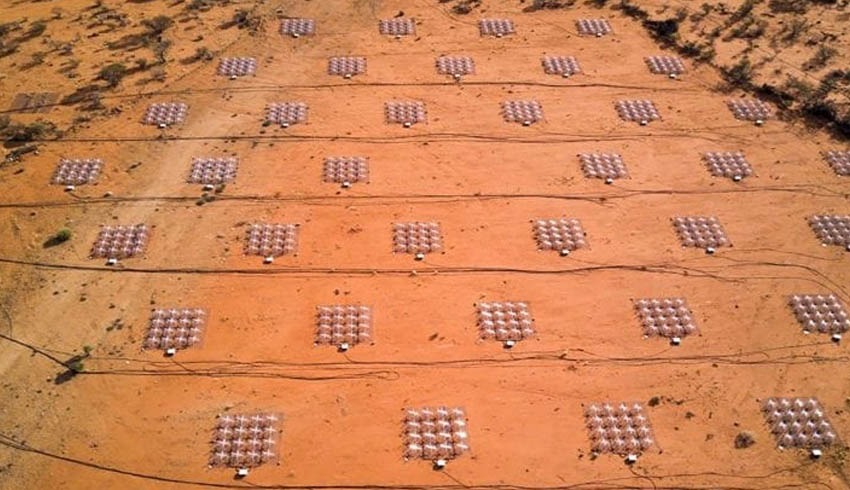MWA is one of the precursor arrays to the Australian end of the Square Kilometre Array (SKA), the world’s largest radio telescope.
This is an international project funded by 13 nations and consisting of thousands of antennas across the world, with central cores of operation in South Africa and Australia.
By combining signals from the large number of small antennas, SKA is in effect a single giant radio telescope capable of extremely high sensitivity and angular resolution, giving it the ability to determine where a signal originates.
Computer processing of the vast amounts of data will be performed around the Pawsey Supercomputing Centre, a joint venture of CSIRO and Curtin University, Edith Cowan University, Murdoch University and the University of Western Australia.
The new 78-node computer cluster will provide a system for astronomers to process in excess of 30 petabytes of MWA telescope data using Pawsey infrastructure.
This will provide users with enhanced capabilities to power AI, computational work, machine learning workflows and data analytics.
The MWA and another SKA precursor telescope, ASKAP, are operated by the CSIRO. Until now data processing has been performed on Galaxy, the Pawsey supercomputing system for radio astronomy.
However, the data processing requirements have been growing as MWA has grown.
To meet growing demand, the new MWA computer cluster has been procured ahead of the main supercomputing system as part of a $70 million program funded by the Australian government.
Pawsey executive director Mark Stickells said the upgrade would allow the centre to deliver a service tailored to the Australian scientific landscape, keeping pace with advances in supercomputing technology.
“The new MWA cluster at Pawsey will feature 156 of the latest generation of Intel CPUs and 78 cutting-edge GPUs [with] more high-bandwidth memory, internal high-speed storage and more memory per node,” he said.
MWA director Professor Melanie Johnston-Hollitt said the procurement process was was an outstanding example of collaboration between Pawsey and MWA.
“As a researcher, I am excited that this new infrastructure will give us the chance to accelerate our workflows, leading to faster scientific discoveries and for providing the opportunity to continue to use the MWA as a scientific, technical and operational testbed for the future Square Kilometre Array,” she said.
HPE was chosen for its ability to meet MWA technical requirements and leverage resources around the world to provide the highest level of lifetime support, to provide the highest level of support for the lifetime of the system.
Commissioning of the new MWA cluster system is expected to be finalised by second quarter.

